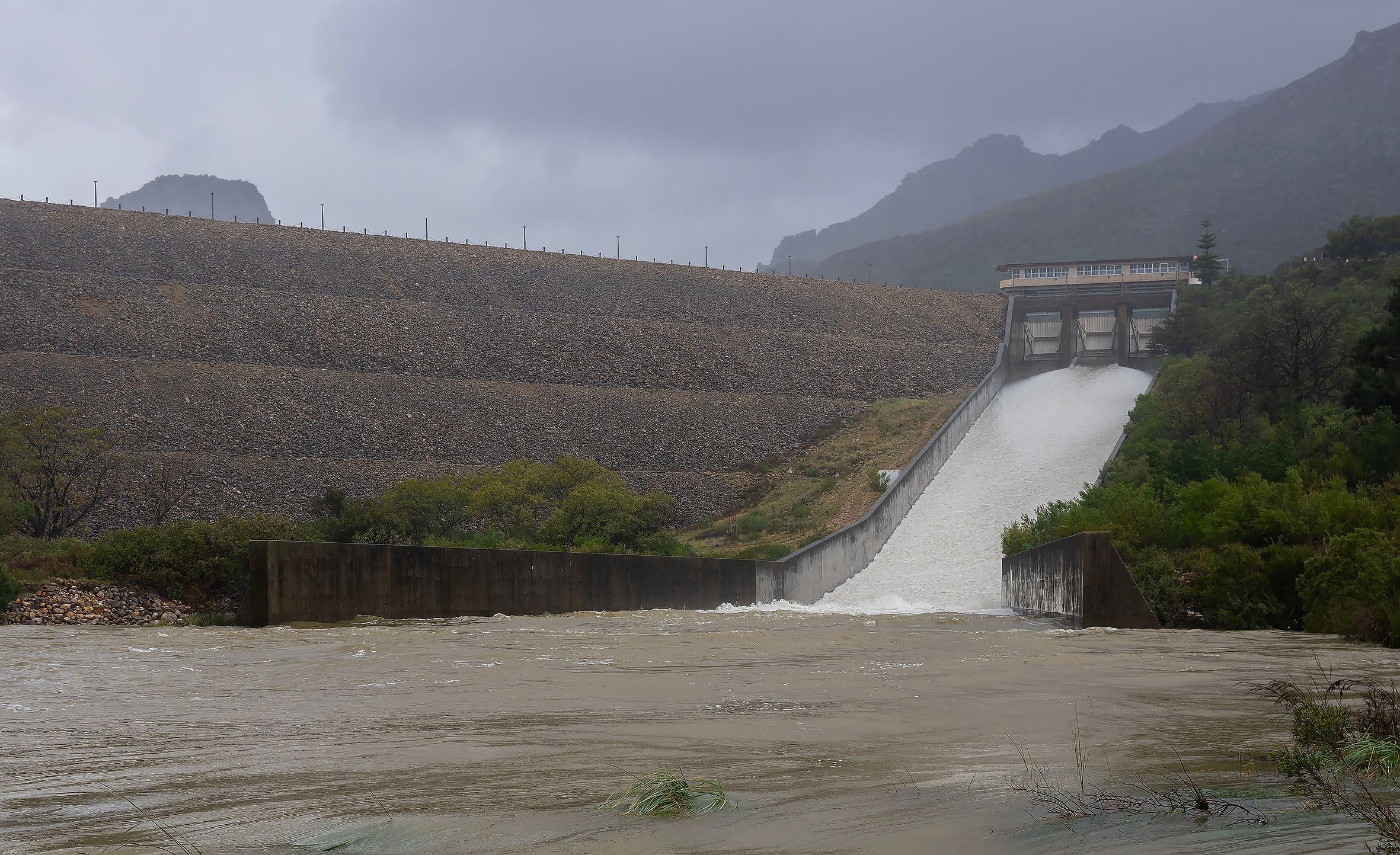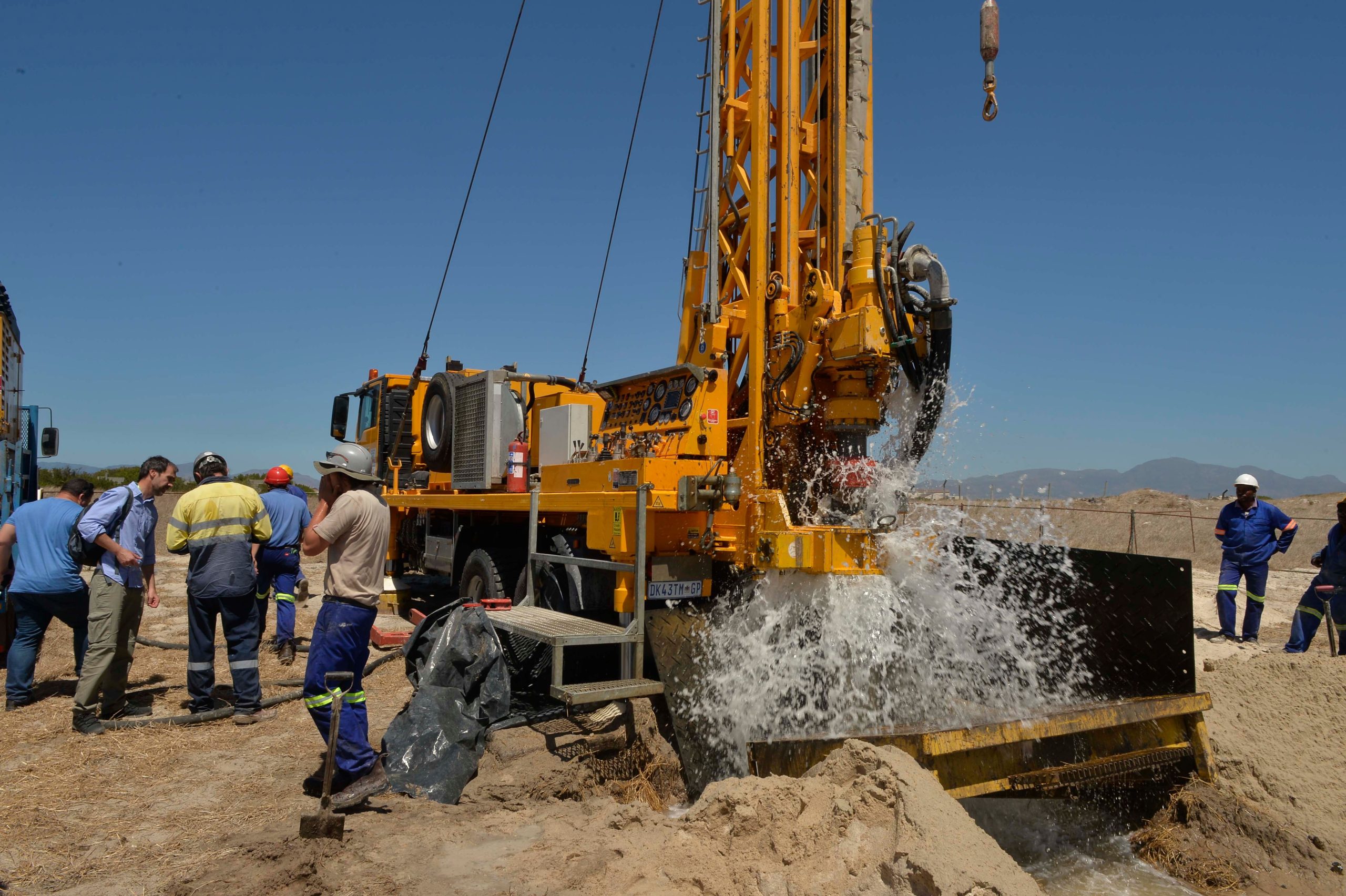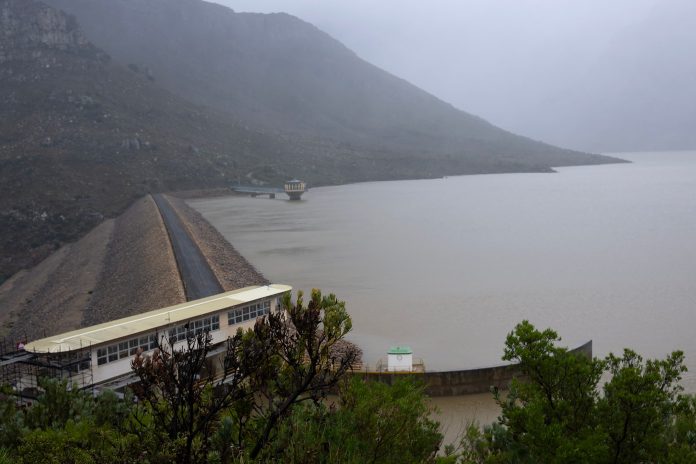The recent heavy rains has led to Cape Town’s dam levels increasing by 20% in just a week, with average dam levels currently hovering around 95%.
The Wemmershoek dam alone received 460 mm of rain in the first 15 days of July. That trumps the 1992 record of 433.5mm for the month of July.
Since 1 July dam levels overall have increased by 25%. Last year June 2023 is the only month since 2008 where it rose more than this, by 30%.
With more rain this week, and water that still need to flow from rivers into the dams, and snow that will eventually melt, dam levels are likely to hit the 100% mark quite soon.

But while the dams are full, the City of Cape Town is not resting on its laurels.
The City says full dams may give people a false sense of water security for the future, as climate change has made rain fall patterns and the frequency of rainfall increasingly unpredictable.
This is why the City says it is continuing investment in its New Water Programme.
The ultimate goal, the local authority says, is to add 300 million litres of new water every day by 2030.
The City’s Mayoral Committee Member for Water and Sanitation, Councillor Zahid Badroodien, has urged residents not to be lulled by the full dams:
‘Cape Town has learnt that we cannot solely rely on dams for water security so the City is busy investing in its New Water Programme. This includes projects such as desalination, groundwater schemes and reuse, which are at various stages of progress.
‘This is part of the City’s long-term Water Strategy to help reduce Cape Town’s dependence on rainfall and dam storage as our primary water supply to navigate future climate shocks and droughts.
‘This is over and above the current interventions to ensure optimal water use and will assist in enabling Cape Town to become resilient to climate change.’
The New Water Programme includes:
- Water Re-use: Implementing purified recycled wastewater, adding 70 million to 100 million litres a day.
- Desalination: Extracting salt from seawater to yield 50 million to 70 million litres a day.
- Clearing of invasive plant species and various management interventions: Harnessing water from rivers to contribute an additional 30 million litres a day.
- Groundwater: Drilling boreholes and tapping springs securing over 100 million litres a day.

With all this investment, ratepayers are likely to have a lot of questions about water tariffs, and whether the fixed basic charge will be removed now that dams are basically full.
But Badroodien says water tariffs and the fixed basic charge is used to recover the cost of supplying a reliable water service, which includes the operational cost associated with the establishment of major infrastructure catchment and treatment of water, operation of the distribution systems as well as repairs and maintenance of infrastructure.
In essence, the cost of providing the water service remains largely the same regardless of how much or how little water flows through the system and water residents use, or is in our dams.
Indigent registered households do not pay the fixed basic charge part of the water tariff, and continue to receive an allocation of free water and sanitation.
Badroodien has called on all residents to continue using water sparingly, despite the heavy rainfall.
Daily dam levels can be monitored on the City’s website.





